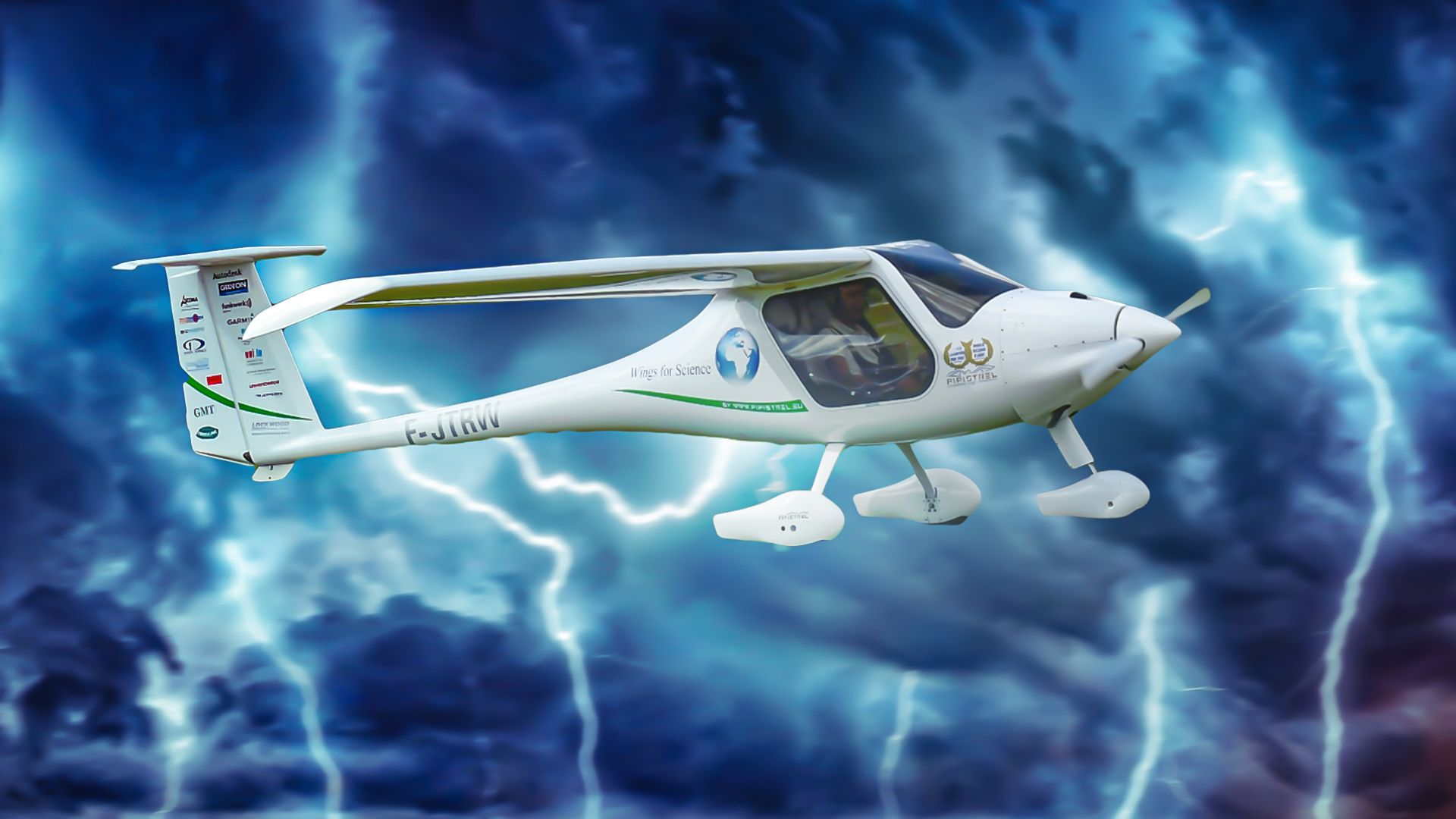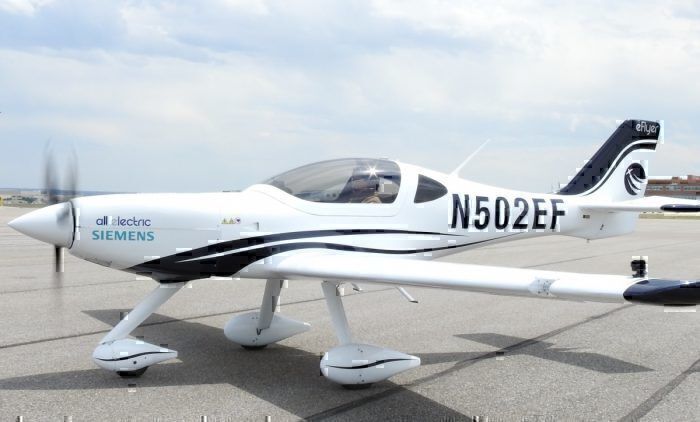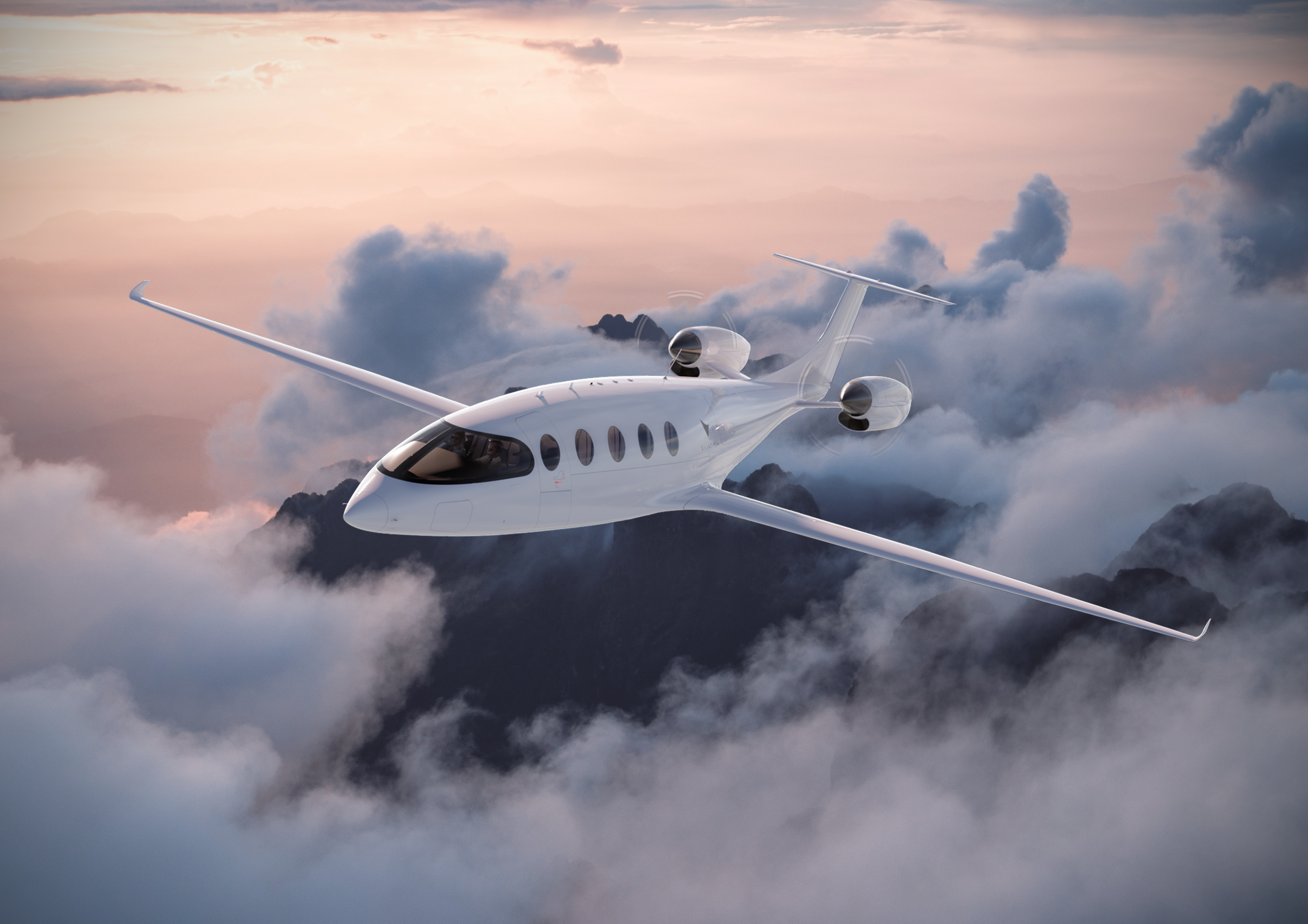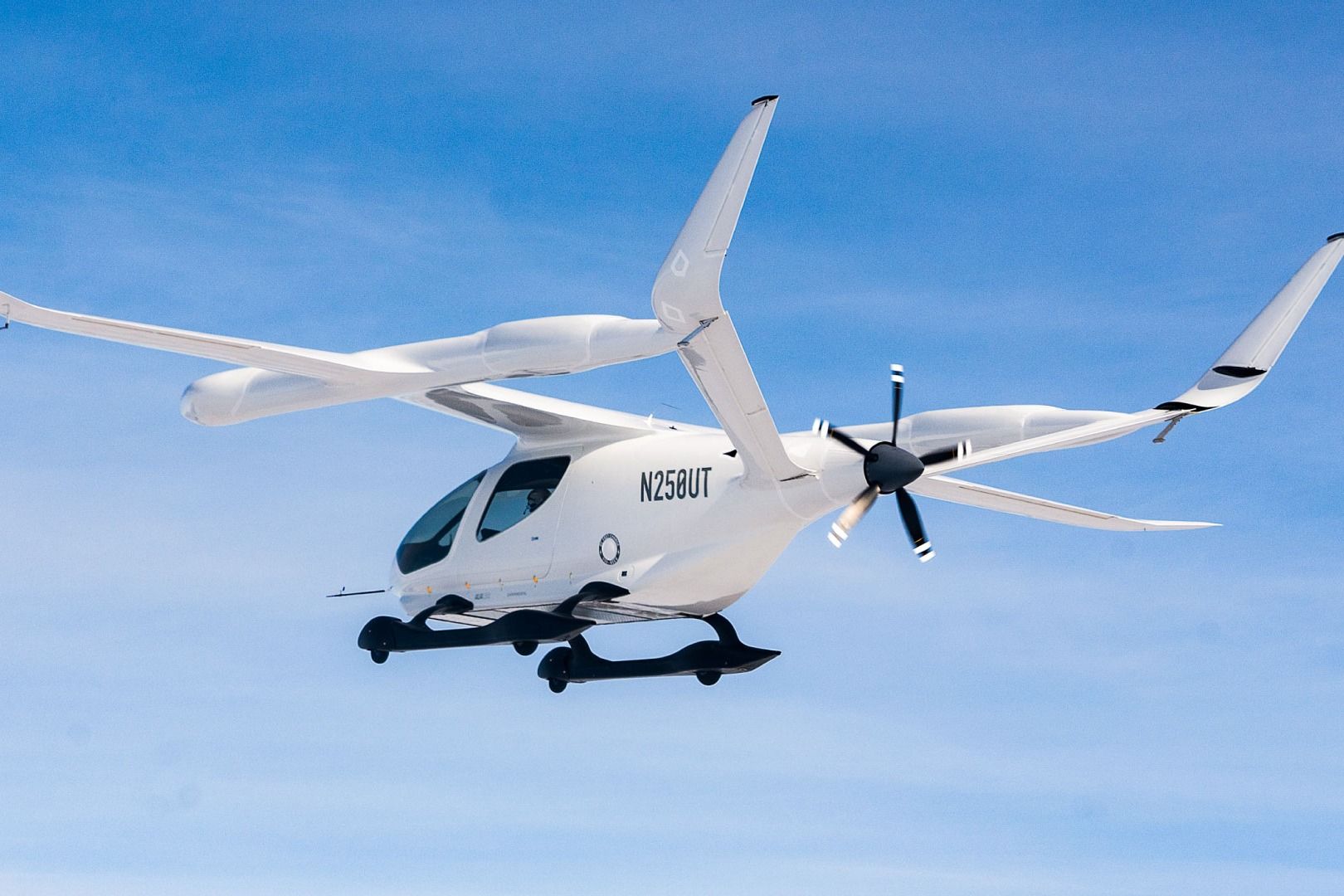Summary
- General aviation saw over 20% growth in 2022 compared to 2019 despite the pandemic. (89)
- Deliveries of general aviation aircraft increased in 2023, with notable gains seen in piston and turboprop aircraft.
- Electric aircraft, like the Bye Aerospace eFlyer and Eviation Alice, showcase the future of general aviation in 202
General aviation has increased steadily over the years and even experienced a boom after the COVID-19 pandemic ended. In 2022, there was an over 20% increase in general aviation activity compared to 2019, which was prior to the COVID-19 pandemic, according to Aviation Pros. This signaled continued growth that was unaffected by the pandemic.
The growth continued through the early 2020s, as in 2023, general aviation aircraft manufacturers, such as Cessna, Beechcraft, and Piper, delivered more than 4,000 aircraft, according to General Aviation News. Sales continued to grow for almost all general aviation and private aviation aircraft from 2022 to 2023.
For example, piston aircraft saw an 11.4% increase in deliveries year over year, and turboprop aircraft saw a 17.4% increase in deliveries year over year, according to General Aviation News.
This growth may slow down slightly in 2024, but it is still expected to reach higher numbers than in 2019, prior to the COVID-19 pandemic, which signals that the pandemic did not slow the overall growth of general aviation.

Related
What Is General Aviation?
All types of leisure flying are considered part of general aviation.
One interesting aspect of the future of general aviation is the recent addition of electric aircraft. Many manufacturers have begun to research the capabilities of electric flight in terms of smaller aircraft, especially due to technological restrictions like battery power or battery weight.
Many of these aircraft are certified, or on the path to being certified in the coming years, and general aviation enthusiasts can expect to see more electrical aircraft throughout the world. Let’s take a closer look at some of the electric-powered aircraft that may be at local airports soon enough.
4
Bye Aerospace eFlyer
Current status: Ongoing project
Bye Aerospace is an aircraft manufacturer based in Colorado. Since its founding in the late 2000s, the company has focused on creating electric-powered aircraft.
In 2010, it began working on powering a Cessna 172 with an electric propulsion system, which later flew in 2012. However, in 2015, Bye Aerospace took a different turn, and it began developing its own original aircraft, the Bye Aerospace Sun Flyer.
In 2016, Bye Aerospace introduced the Bye Aerospace eFlyer 2 at the Centennial Airport (APA) in Colorado. This electric training aircraft flew for the first time in April 2018.
The aircraft was originally intended to be certified by the Federal Aviation Administration (FAA) in 2020, although the project has incurred several delays. This includes switching engine suppliers from Siemens to Safran.
Photo: Bye Aerospace
The new Safran engine utilizes:
- Six lithium-ion battery packs that provide the eFlyer with 115 horsepower
- Maximum speed of 135 knots (155 miles per hour).
This aircraft is projected to have a flight duration of about 3.5 hours with two passengers seated side-by-side under a bubble canopy. It also features a completely composite airframe with fixed tricycle landing gear.
3
Eviation Alice
Current status: In development
Eviation aircraft was founded in 2015 by three founders in Israel. The company aims to design, develop, and eventually certify a larger electric aircraft, later designated Alice.
In early 2018, the company completed an early-scale model prototype to verify the aerodynamic profile prior to beginning work on its electric propulsion system. The company even teamed up with Embry-Riddle Aeronautical University, one of the most prolific aviation-focused colleges, to begin a research program that furthered the aircraft’s development.
Photo: Eviation Aircraft
Eventually, at the Paris Air Show in 2019, Eviation debuted a full-size Alice prototype. This aircraft utilized a single pusher propeller and twin wingtip motors. However, in 2021, Eviation completed a redesign of the aircraft. The new Alice featured a T-tail and two large Magni650 engines on the aft fuselage.
Each of these MagniX motors provided approximately 850 horsepower. The aircraft went through another redesign earlier this year, which updated the fuselage, added larger winglets, and increased the size of its energy storage compartment above the wing. The Alice is intended to reach the following performance specifications:
|
Maximum capacity |
Nine passengers |
|---|---|
|
Length |
57 feet one inch |
|
Height |
12 feet seven inches |
|
Wingspan |
63 feet |
|
Maximum takeoff weight (MTOW) |
18,400 pounds |
|
Maximum speed |
260 knots (300 miles per hour) |
|
Range |
250 nautical miles (290 miles) |
2
Pipistrel Velis Electro
Current status: In production
Another lightweight trainer aircraft has already been entered into production. Pipistrel, a Slovenia-based company that was recently purchased by Textron Aviation, produces the first fully electric aircraft that was certified by the European Aviation Safety Agency (EASA).
The aircraft achieved its type certificate in June 2020, and deliveries of the aircraft began shortly after.
Textron purchased Pipistrel in March 2022, which led to the creation of a new business segment called Textron eAviation. This new business will look to speed up the certification efforts of Pipistrel aircraft, especially within the United States.
Photo: Pipistrel
The Velis Electro is based on the Pipistrel Virus, which utilizes a high-wing and a side-by-side configured cabin that is made from mostly lightweight composite materials.
The aircraft is powered by a Pipistrel-built electric motor that can provide up to 77 horsepower during take-off. However, it operates with 66 horsepower for standard cruise. The engine also takes about two hours to recharge while allowing for 50 minutes of flight. Overall, the Pipistrel Velis Electro has the following performance specifications:
|
Length |
21 feet three inches |
|---|---|
|
Height |
Six feet three inches |
|
Wingspan |
35 feet two inches |
|
Maximum takeoff weight (MTOW) |
1,323 pounds |
|
Maximum speed |
98 knots (113 miles per hour) |
|
Service ceiling |
12,000 feet |
1
Beta CX300
Current status: In development
Another company that is developing an electric aircraft is Beta. This company was founded in 2017 and has since developed several different platforms, each of which is electric. One of the aircraft that Beta is currently developing is an eVTOL configuration called the ALIA VTOL. Several companies have placed orders for this aircraft already. This includes:
- United Therapeutics
- Bristow Group
- Air New Zealand
Photo: BETA Technologies
Additionally, Beta is in the process of building a fixed-wing configuration called the ALIA CTOL. The ALIA CTOL utilizes conventional take-off methods, unlike the ALIA VTOL, which utilizes vertical take-off and landing.
It was developed to transport passengers at a regional level and within cities. This aircraft utilizes a fixed-wing configuration and is powered by a single H500A electric motor. Overall, the aircraft can fit up to five passengers. It can also reach speeds of 135 knots (155 miles per hour) and has a demonstrated range of 336 nautical miles (387 miles).




